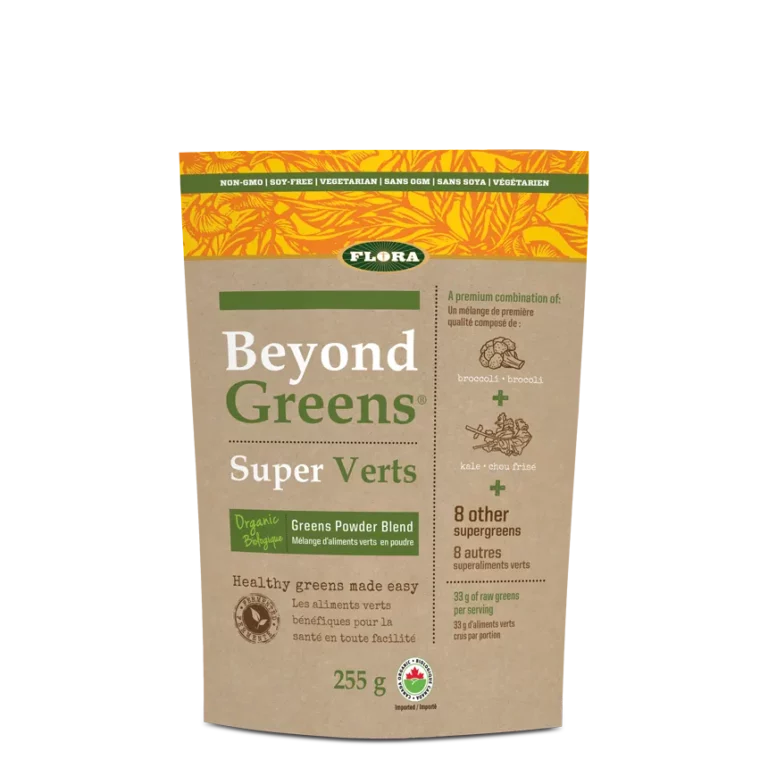Scientific Names of Oat Grass:
Avena sativa L. [Fam. Gramineae]
Forms:
Cut and dried or powdered oat grass; oat grass juice powder; oat straw.
Traditional Usage:
– Anti-aging
– Antinflammatory
– Antioxidant
– Avitaminosis A, B, C, E
– Cellular Regeneration
– Chlorophyll Source
– Cleansing
– Convalescence
– Detoxifying
– Fatigue
– Hives (straw, externally)
– Itching (straw, externally)
– Mineral Deficiency
– Multiple Sclerosis
– Nervous Conditions
– Nutritive
– Skin Problems (straw, externally)
– Vitamin Deficiency
Overview:
Oats, Avena sativa L. [Fam. Gramineae], are widely used in human foods, animal feeds and livestock forages around the world. The use of oats for food and medicinal purposes dates to antiquity. Paleobotanists place this ancient cereal grass as being cultivated as early as 2000 B.C. Tinctures and extracts of oat straw and immature seed are readily available in Europe as a nervous system restorative, to assist convalescence and to strengthen a weakened constitution. Alternative practitioners in Europe sometimes recommend oat straw extract for treating multiple sclerosis. Oat straw is also used in Europe to treat shingles, herpes zoster, herpes simplex and neurasthenia. The Commission E approves oat straw for external use in treating inflammatory and seborrheic skin diseases, especially those with itching, similar to the popular use of colloidal oatmeal preparations. Several studies were conducted on oat grass extract for helping cigarette smokers to quit, but although the results were negative, researchers discovered an influence of the herb on reproductive hormones, including luteinizing hormone. Green oat grass (the grass before it matures into oat straw), like other grasses, is rich in vitamins including A, B, C, E, K and pantothenic acid and minerals, including iron (39mg/Kg dry weight), manganese (8.5mg) and zinc (19.2mg), silicon dioxide (2%), calcium, magnesium, phosphorus and potassium. As such, green oat grass juice can be used to treat avitaminosis. Oat grass is rich in protein, approximately 30%, and contains all the essential amino acids along with chlorophyll, flavonoids, lecithin and enzymes. This abundance of nutrients has made oat grass a popular tonic for treating debility of convalescence when taken as a juice. Oat grass is also extremely rich in antioxidants, including polyphenols and one powerful antioxidant called tricin. Current research on oats focuses on the compound, beta-glucan, that has been shown to stimulate immune functions.
Active Ingredients:
Oat grass greens contain: Approximately 79.2% water; acetic acid; aconitic acid; apigenin; 2.2-21% ash; avenalumin-I; avenarin; caffeic acid; 0.13-1.4% calcium; 16.5-86.1% carbohydrates; carotene; beta-carotene; 30.5% cellulose; chlorine; chlorophyll A and B; chromium; cobalt; copper; desglucoavenacosides; rhamnosides; glucosides; dimethoxy-acetophenone; dimethoxy-butyl-benzene; 1.9-3.9% fat; 12-42% fiber; fructose; 1.9% Glutamic acid; glutaric acid; guanine; hypoxanthin; iodine; 0.01-0.09% iron; 1.3% Isoleucine; isoorientin; isoswertisin; isovitexin; alpha-keto-glutaric acid; 1.8% Leucine; 8.5% lignin; luteolin; 1.4% lysine; 0.03-1.5% magnesium; malic acid; malonic acid; manganese; Methionine; niacin; 0.04% oxalic acid; pantothenic acid; pentosans; 0.2-0.8% phosphorus; 0.2-7.9% potassium; proline; 1.4-42% protein; putrescine; pyridoxine; riboflavin; secalose; selenium; silicon; silicon oxide (50-60% ash); beta-sitosterol; sodium; spermidine; spermine; sugars; 0.08-0.4% sulfur; tartaric acid; thiamin; 1.6% Threonine; the antioxidant, tricin; Tryptophan; uronic acids; 1.2% Valine; vanillin; zinc.
To summarize, green oat grass is rich in protein, approximately 30%, and contains all the essential amino acids along with chlorophyll, flavonoids, lecithin and enzymes.
Suggested Amount:
The daily dose of green oat grass juice powder is 5-10g mixed with water or juice three times daily. The liquid extract (1:1 in 25% alcohol) is taken with the dosage of 5-10ml three times daily. For external use against skin irritations and itching: 100g of cut or powdered oat straw for one full bath, or equivalent preparations.
Drug Interactions:
None known
Contraindications:
None known
Side Effects:
None known
References:
Blumenthal M, Goldberg A, Brinckmann J 2000. Herbal Medicine: Expanded Commission E Monographs. Copyright American Botanical Council. Publ. by Integrative Medicine Communications, 1029 Chestnut Street, Newton, MA 02464. Pp. 281-282.
Christensen O, Kok-Jensen A. 1977. [A controlled trial of oat extract to break the tobacco habit in cigarette smokers] Ugeskr Laeger. 1977 Nov 14; 139(46): 2752-4. Danish.
Duke JA. 1992. Handbook of Phytochemical Constituents of GRAS Herbs and Other Economic Plants. CRC Press, Boca Raton, FL, pp. 84-87.
Lia A, Hallmans G, Sandberg AS, Sundberg B, Aman P, Andersson H. 1995. Oat beta-glucan increases bile acid excretion and a fiber-rich barley fraction increases cholesterol excretion in ileostomy subjects. Am J Clin Nutr. 1995 Dec; 62(6): 1245-51.
Raffalt GJ, Andersen B. 1975. [Treatment of cigarette smokers with an oat extract]. Ugeskr Laeger. 1975 Sep 15; 137(38): 2177-8. Danish.





